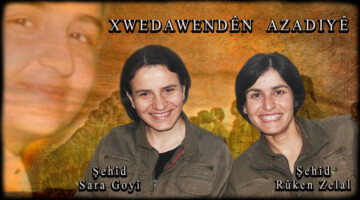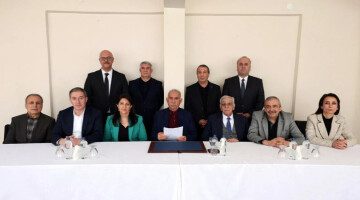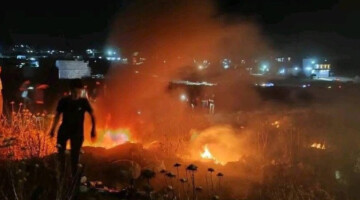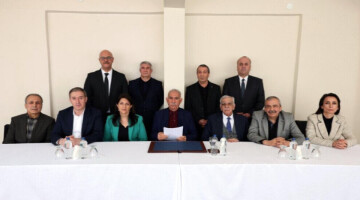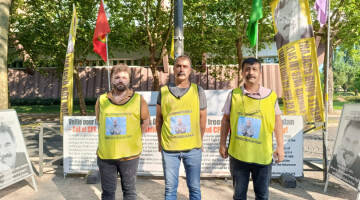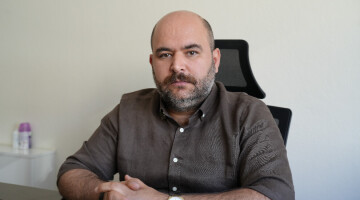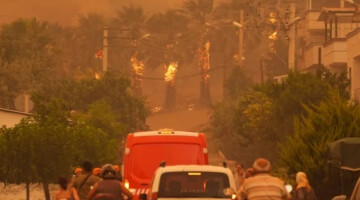The old city of Van, whose history dates back 3,000 years, is on the way to extinction as it is abandoned to its fate, although it is a protected area.
The Urartians founded the city on the south side of Van Castle 3000 years ago. The city, which was the cultural, artistic, economic and political center of the time, served as the capital of the Urartians for centuries. Kurds and Armenians lived together in the city, which tried to preserve its former glory until 1915. With the Armenian Genocide, the historical city was plundered and destroyed.
This ancient city was waiting to come to light under the ground, but it was left to its fate due to the conscious policy of the state. The historical city, which is the target of treasure hunters today, is used as a place for grazing, shelter and rest.
Van Historical Artifacts Preservation Research and Development Association (ÇEVDER) President Ali Kalçık said: “There were mosques, churches, artisans’ workplaces, Kurdish and Armenian neighbourhoods and a bazaar center in the historical Tusba. Such an important ancient social space has come to the point of complete extinction today. They repaired one or two mosques in this old city, but Kurdish and Armenian buildings such as historical Turkish baths, workplaces, mansions and houses have come to the point of extinction.”
Cuneiform inscription destroyed
Kalçık continued: “As the saying goes, wherever there is a cross, there is always a treasure. Following this logic, they seriously destroyed Van's historical buildings and Van Castle, and took away many of their treasures. There is also Meher Kapı there. Meher Kapı is an inscription in cuneiform. On 12 September [1980], they smashed that inscription with cannons. They tried to destroy it in such an incomprehensible way. It is now in ruins in Tusba, the ancient Van. The authorities, who did not give importance to this historical city, turned Van Castle into a business. They cut people off from history, culture and tourism.”
A policy of destruction
Stating that the historical city must be reformed and cleared of treasure hunters, Kalçık said: “The old city has almost been turned into a molehill. Animals should be prevented from entering here. This old city is our culture. If taken seriously, it means a great income for the city of Van and its people. A great profit will be obtained both in terms of economy and tourism. Unfortunately, the administrators of the city don't do that. Decision makers and local authorities are responsible for protecting the values, culture, history, geography, water and soil of this province. Van Castle, the old city of Van, and other historical structures in the Van Lake basin, which are the building blocks that provide our connection with history, should be preserved and restored in accordance with their original form. Unfortunately, stones have been removed and destroyed in all areas where historical buildings are located. The destruction of these buildings is the product of a conscious policy. It is to destroy life, culture, Kurdish and Armenian identity and all values that belong to them here. This is a deliberate practice.”




